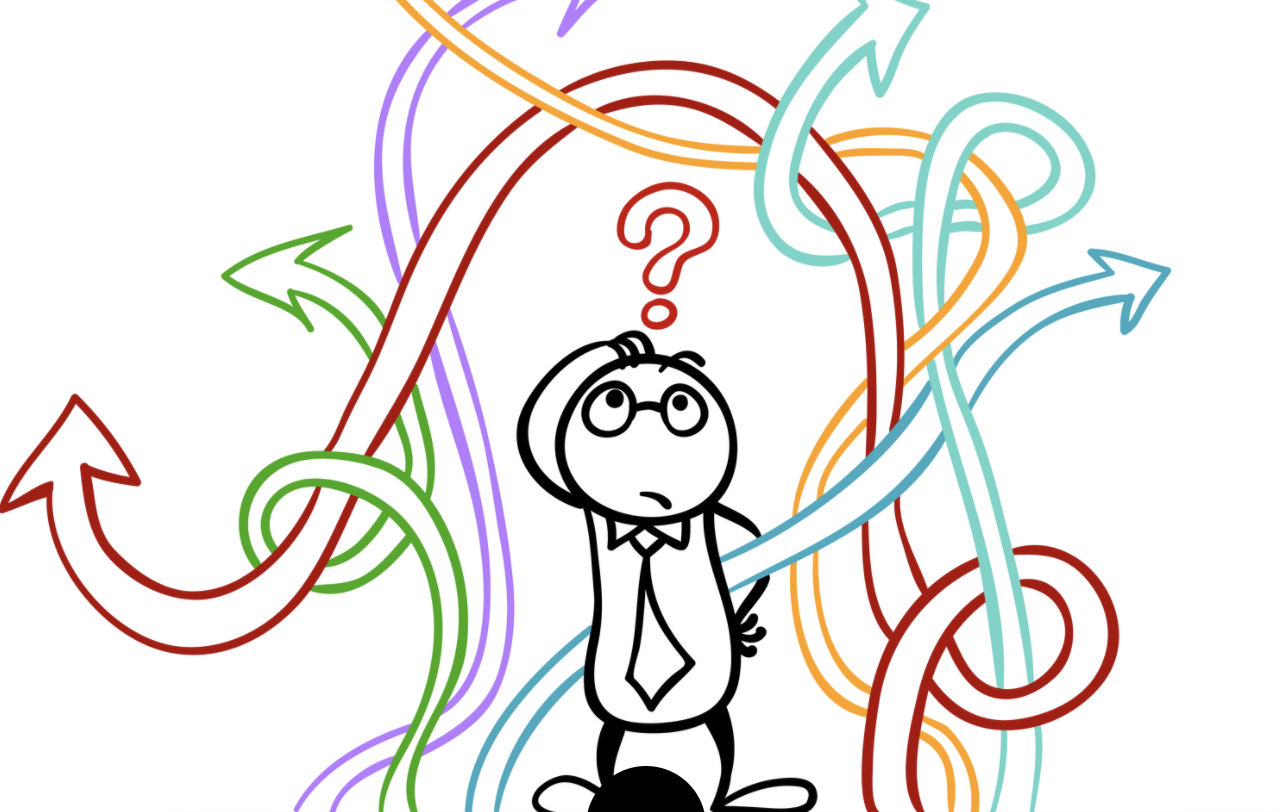Behavior Design vs. Behavior Design-ing
Behavior Design is something I, along with my company, have deeply embraced over the last 18 months. We have seen its effects on how we develop strategies for our clients, how we have solved customer relationship issues and even how we approach a specific challenge a client might be facing. On a personal note, I’m even using it to help my children get their homework done.
In fact, I believe in it so much, I recently completed my certification in Behavior Design from Dr. BJ Fogg. He runs the Persuasive Technology Lab at Stanford University and he is one of the leading behavioral scientists in the United States. I brought along Patrick Murphy, my director of media who also happens to be an amazing marketing strategist. If that wasn’t enough, the week after my certification, I attended the Habit Summit in San Francisco, which focuses on Behavior Design implementation.
Behavior design comes in degrees.
While I could easily go into a tremendous amount of detail on how Behavior Design works (I’ll save that for additional articles), I wanted this post to focus on helping you recognize the difference between a Behavior Designer and someone who simply uses Behavior Design techniques — a distinction very evident at the Habit Summit.
Let me preface by saying that the Habit Summit was really good, and I enjoyed the content immensely. But after speaking with a significant number of attendees, it became pretty clear to me that most were there to pick up tricks they could apply with product design. Even with an afternoon workshop that taught a process of Behavior Design integration, it only scratched the surface with how behavior design actually works or how to facilitate it.
It’s better to understand the foundation of behavior design over simply applying it.
Let me use the analogy of learning to play a guitar. One of the two Habit Summit workshops focused on how the brain works. For instance, the brain does function A; therefore, apply technique B. Or in my guitar analogy, it taught me to play a few chords. In the other workshop, the focus was on a process to develop a design path for products. Or in guitar terms, it taught me how to play a song. What Dr. Fogg taught me was how to read music so I can play anything. And that’s the real difference.
Behavior Design is quickly being adopted by all sorts of companies. Having someone say they integrate it through the use of techniques may help you improve a product or a user experience. It’s certainly a step in the right direction. But a Behavior Designer’s real value comes in the form of being able to facilitate a behavior change — whether that’s a marketing issue, a product issue or even an employee engagement issue. True Behavior Design formulates strategies, triages problems and teaches you how to think. I’m happy to say that our clients look to us to facilitate the latter.
If you’ve read this far, you might like to read a little more. So, I’ve included a few links to Dr. Fogg’s work. Enjoy.

